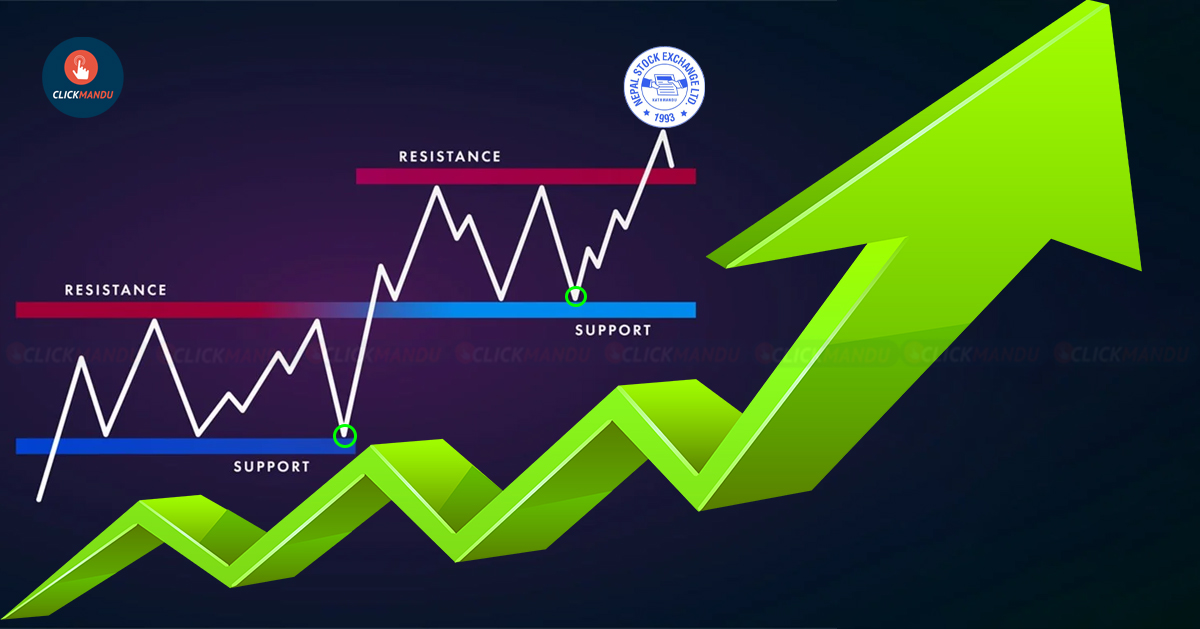Padam Bhujel
Kathmandu: Nepal Rastra Bank’s (NRB) newly unveiled Monetary Policy for Fiscal Year 2025/26 has delivered a wave of optimism across Nepal’s share market, signaling a clear return to more flexible and investor-friendly regulations not seen since before 2021.
After years of investor dissatisfaction over restrictive measures—particularly those introduced in 2021 that dampened capital market momentum—the central bank appears to have course-corrected under new leadership. This is the first policy under Governor Dr. Bishwanath Paudel, and it reflects a markedly softer and more encouraging stance toward capital market development.
A major highlight is the increase in the ceiling for individual share mortgage loans, now raised from Rs. 150 million to Rs. 250 million. Institutional loan limits had already been lifted previously. This move, experts say, will empower larger and institutional investors to borrow more and reinvest in the market, injecting much-needed liquidity and activity.
Tara Prasad Phullel, President of the Share Investors Association, remarked, “The increase in the loan cap will make it easier for big investors to take out loans and stay active in the market. Coupled with flexible real estate policies, the overall effect will be strongly positive.”
The policy also raises the loan limit for building or purchasing private residential properties from Rs. 20 million to Rs. 30 million. For first-time buyers, the loan-to-value ratio can now go up to 80 percent, while others can borrow up to 70 percent of the property’s value. These changes are expected to stimulate credit growth in the banking sector and have indirect benefits for the capital market as well.
Earlier, during the third quarterly review of the current fiscal year, NRB had already hinted at a pro-market stance by reducing the risk weight of share mortgage loans from 125 percent to 100 percent. With the new policy, these signals have now turned into concrete, market-friendly measures.
“This policy sends a strong message of flexibility,” Phullel added. “From easing share loan limits to supporting project-based lending and bond issuance, it fosters long-term stability.”
Investor sentiment has already shown signs of revival. In the last two weeks, the Nepal Stock Exchange (NEPSE) index has maintained an upward trend. Last week alone, NEPSE gained 27 points to reach 2731, after three days of gains outpaced two days of decline. The previous week had seen a robust 105-point increase.
In terms of market turnover, total transactions reached Rs. 40.29 billion over the last five trading days—up from Rs. 38.80 billion the previous week—demonstrating growing confidence and volume.
Tulsi Ram Dhakal, President of Nepal Investors Forum, noted that most of the restrictive provisions imposed since 2021 have now been relaxed. “We are almost back to the favourable policies of pre-2021. Barring a few exceptions, NRB has walked back most of the harsher measures,” he said.
Dhakal recalled the infamous 24 September 2021 as the day the market took a major hit due to sudden policy tightening.
Looking back, NRB had imposed strict caps on margin lending—limiting individuals or institutions to Rs. 40 million per bank and Rs. 120 million across the financial system. These policies caused significant market strain until gradual reversals began in recent fiscal years.
Today, interest rates are low, liquidity is high, and investors are searching for new opportunities—making the market ripe for recovery. Investors argue that the easing of monetary policy, combined with positive financial indicators, is helping the share market regain momentum.
“The monetary policy is comprehensive—it addresses the real estate market, banking sector, and overall economic dynamism,” Dhakal emphasized. “It not only boosts bank income but also strengthens investor morale.”
With a favourable monetary stance, improved liquidity, and increasing investor activity, experts suggest that Nepal’s share market may be heading toward a period of sustained growth and stability.



Comment Here